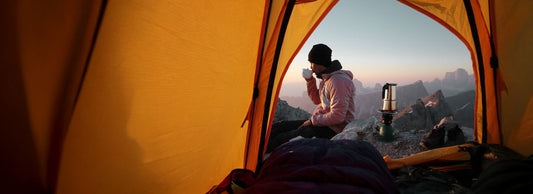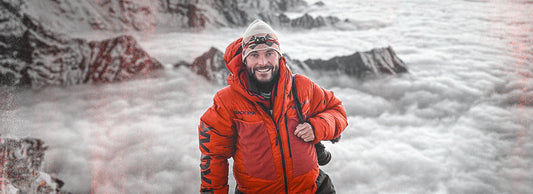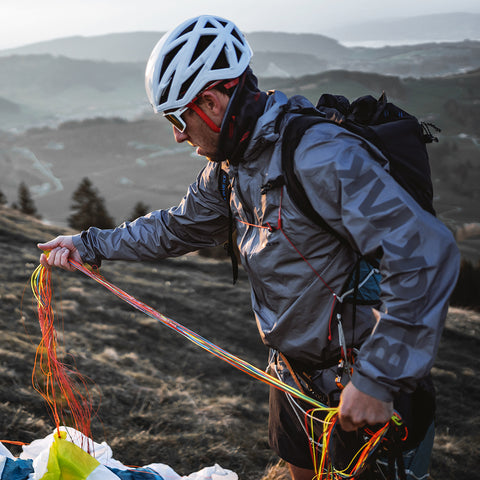Winter is back and this is the right time to learn about perfect layering.
When it comes to outdoor activities, the right clothing is crucial for comfort, protection, and performance. In the world of alpine adventures, the so-called "layering" or "onion principle" has become a key concept.
Layering refers to wearing multiple layers of clothing that work together. Each individual layer serves its own unique purpose. The body is protected from the elements while being kept warm and dry. This is very effective as it allows for quick adaptation to changing temperatures and activity levels.
Why Layering?
Layering offers many advantages…
-
temperature regulation
Wearing multiple layers allows for better temperature regulation. In cold weather, additional layers can be added to stay warm, while as temperatures rise, one or more layers can be removed to prevent overheating.
-
moisture management:
Different materials have different properties to wick away moisture generated during activity. Wearing multiple layers of moisture-wicking materials helps wick sweat away from the skin and keeps you dry and comfortable during activity.
-
protection from the elements:
Outdoor activities often bring unpredictable weather conditions. Wearing multiple functional layers allows you to protect yourself from rain, wind, or snow by adding a waterproof or windproof outer layer (shell).
-
flexibility and adaptability:
Depending on the activity and weather, layers can be added or removed to adapt to the situation. This will keep you flexible, comfortable, and protected throughout your alpine adventures.
How is layering done right?
Baselayer:
The first layer (baselayer) is worn directly against the skin and should be made of a moisture-wicking natural material like merino wool or a synthetic fabric. This layer helps to wick sweat away from the skin and keep the skin comfortable, dry, and warm.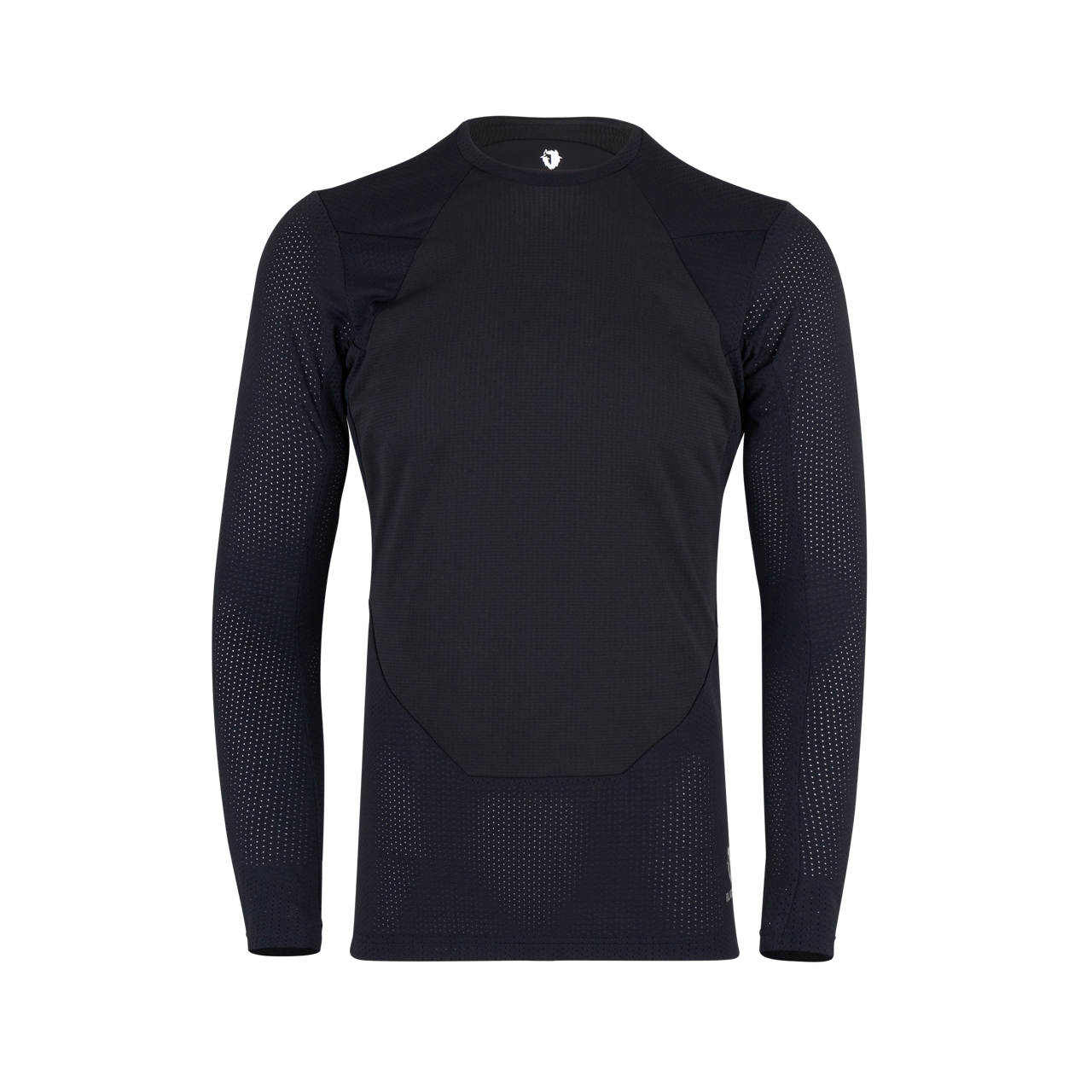
Midlayer:
The second layer is an intermediate layer (midlayer). This layer provides an additional warming component made of stretchy and very comfortable materials that offer complete freedom of movement and comfort. Fleece products in a wide range of varieties are usually chosen here.
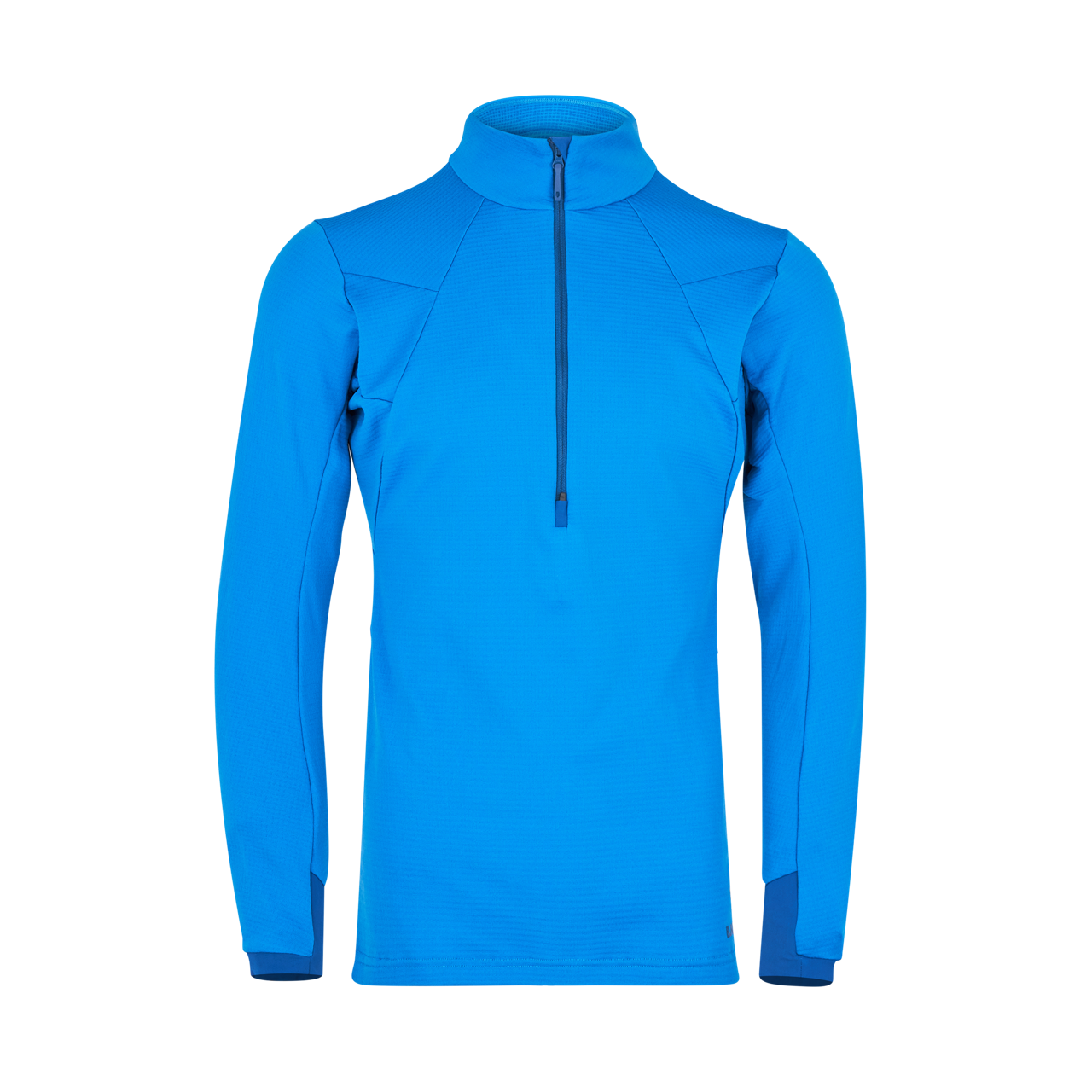
Insulation Layer:
The insulation layer is used to store heat. Materials made of synthetic fibers (synthetic insulation - e.g., G-LOFT®) or down are ideal, as they are lightweight and provide good insulation at the same time. This layer keeps the body warm by trapping and storing the heat generated by the body.
Shell:
The fourth and outermost layer, also known as the shell layer, protects against the elements such as snow, water, and wind. It should be waterproof and windproof, but at the same time breathable to allow moisture generated during activity to escape from the inside to the outside. The outer material varies in durability depending on the thickness and number of layers. Lightweight and thin shell products offer plenty of freedom of movement while still providing protection from wind, water and snow with as little product weight as possible. Robust three-layer shell products are resistant to rocks, ice and many other external impacts on the material, but are also heavier and less mobile. The membrane of shell products acts like a second skin. It wicks away body moisture and sweat to the outside but protects against moisture from the outside. The outer material keeps the heat inside and keeps you dry. Additional Down Layer:
Additional Down Layer:
In particularly cold conditions (such as expeditions), another, thicker down layer (without a shell layer) is added over the insulation layer. Ideally, these should be high-quality down products with excellent heat retention properties. Here, the quality and bulkiness of the down are the most important factors.

For optimal protection on the mountain, during your alpine adventures, it is important to make use of this layering system.
Thus, your next alpine mission is no longer in the way.
Have fun and stay safe!





